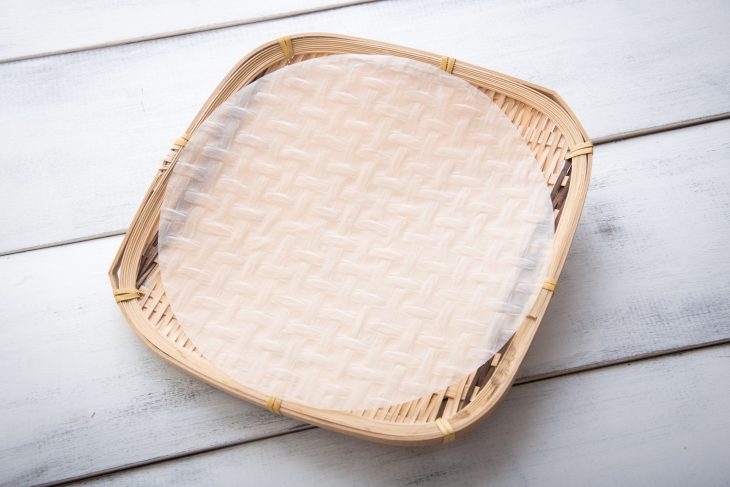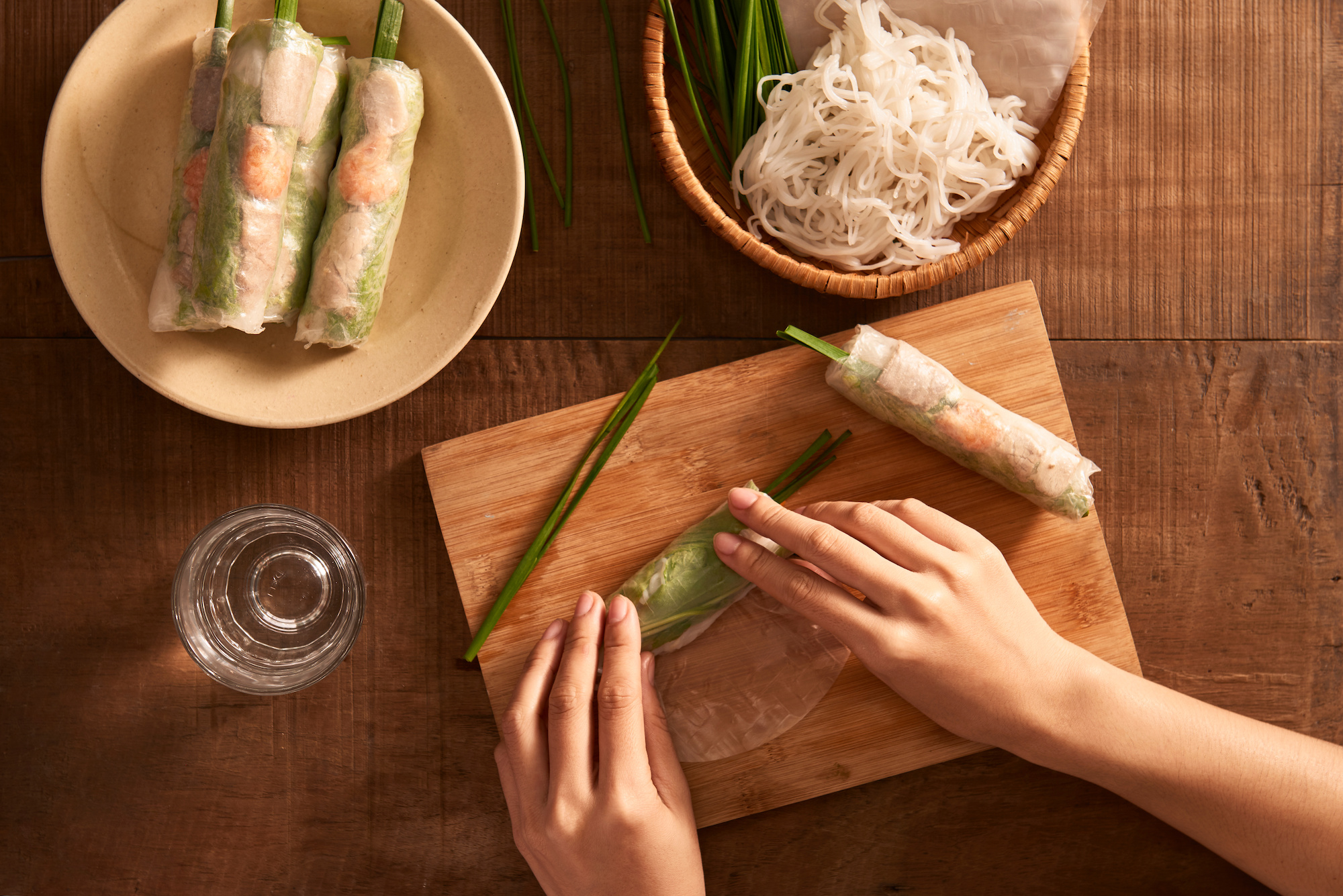
Rice paper, a thin, translucent product made from rice flour, is a staple ingredient in many Asian cuisines. It is often used to make fresh spring rolls, rice paper dumplings, and a variety of other dishes. If you’re curious about this versatile food item’s nutritional profile, we’re about to reveal 16 rice paper nutrition facts you need to know.
Calories
A single rice paper wrapper (around 12 grams) contains approximately 30-35 calories. This makes rice paper a lower-calorie option compared to other types of wrappers like wheat-based tortillas or egg roll wrappers.
Carbohydrates
Rice paper is primarily composed of carbohydrates. A single wrapper contains around 7-8 grams of carbohydrates, which provide the body with essential energy.
Protein
The protein content in rice paper is relatively low. A single rice paper wrapper has about 0.5 grams of protein. Keep in mind, the fillings you choose for your spring rolls or other dishes can significantly increase the protein content of your meal.
Fat
Rice paper is virtually fat-free, with less than 0.1 gram of fat per wrapper. However, the total fat content of your dish may increase depending on the fillings and whether you choose to fry or keep your rolls fresh.
Fiber
Rice paper is not a significant source of dietary fiber. A single wrapper contains less than 0.5 grams of fiber. You can boost the fiber content of your meal by choosing fiber-rich fillings such as vegetables or whole grains.
Sodium
Rice paper is generally low in sodium, with a single wrapper containing about 25-35 milligrams of sodium. This makes it a suitable option for those watching their sodium intake.
Sugar
Rice paper is sugar-free, making it a great choice for those monitoring their sugar intake. It’s worth noting that the final sugar content of your dish will depend on the ingredients you pair with the rice paper.
Gluten-Free
Rice paper is naturally gluten-free as it’s made from rice flour, making it a suitable choice for those with celiac disease or a sensitivity to gluten.
Iron
Rice paper contains a small amount of iron, a mineral essential for blood production. A serving of rice paper provides around 2% of the recommended daily intake of iron.
Versatility in Cooking
Rice paper is incredibly versatile in the kitchen. It can be used to make fresh spring rolls, fried spring rolls, and even desserts. The nutritional content of your dish will vary based on the fillings and the cooking method used.

Rice Paper Calories vs. Wheat Wrappers
When compared to wheat-based wrappers, rice paper is generally lower in calories. For example, a typical wheat tortilla contains around 150 calories, whereas a rice paper wrapper contains just 30-35 calories.
Easy Digestion
Rice paper is light and easy to digest, making it a good option for those with sensitive stomachs or digestion issues. However, those with a rice intolerance or allergy should avoid it.
Cholesterol-Free
Rice paper is cholesterol-free. This makes it a heart-friendly choice for those monitoring their cholesterol levels.
Vegan and Vegetarian Friendly
Rice paper is vegan and vegetarian friendly, as it is made from rice flour, salt, and water.
Low in Allergens
Rice paper is a low-allergen food, making it a suitable option for those with food allergies or sensitivities. However, people with rice allergies should avoid rice paper.
Low Glycemic Index
Rice paper has a low glycemic index (GI), which means it won’t cause a rapid spike in blood sugar levels. This makes it a better option for individuals with diabetes or those looking to maintain stable blood sugar levels.

More About Rice Paper
Storing Rice Paper
Rice paper should be stored in a cool, dry place to maintain its quality and freshness. Once opened, keep the rice paper in an airtight container to prevent it from drying out or absorbing moisture.
Hydration
Rice paper needs to be hydrated before use, as it is typically sold in a dehydrated state. To rehydrate, simply dip the rice paper in warm water for a few seconds until it becomes pliable. This process adds minimal nutritional content to the rice paper.
Creative Uses
While rice paper is most commonly used for spring rolls, it can also be used in a variety of creative ways. Try using it as a base for mini pizzas, making dessert wraps, or even using it as an edible decoration for cakes and other sweet treats.
Final Word
In conclusion, rice paper is a versatile, low-calorie, and gluten-free food option. It’s low in fat, sodium, and sugar, making it suitable for various dietary needs. By understanding these 16 rice paper nutrition facts, you can make informed decisions about incorporating rice paper into your meals and enjoy the delicious dishes it can create.
Was this page helpful?
Our commitment to delivering trustworthy and engaging content is at the heart of what we do. Each fact on our site is contributed by real users like you, bringing a wealth of diverse insights and information. To ensure the highest standards of accuracy and reliability, our dedicated editors meticulously review each submission. This process guarantees that the facts we share are not only fascinating but also credible. Trust in our commitment to quality and authenticity as you explore and learn with us.
